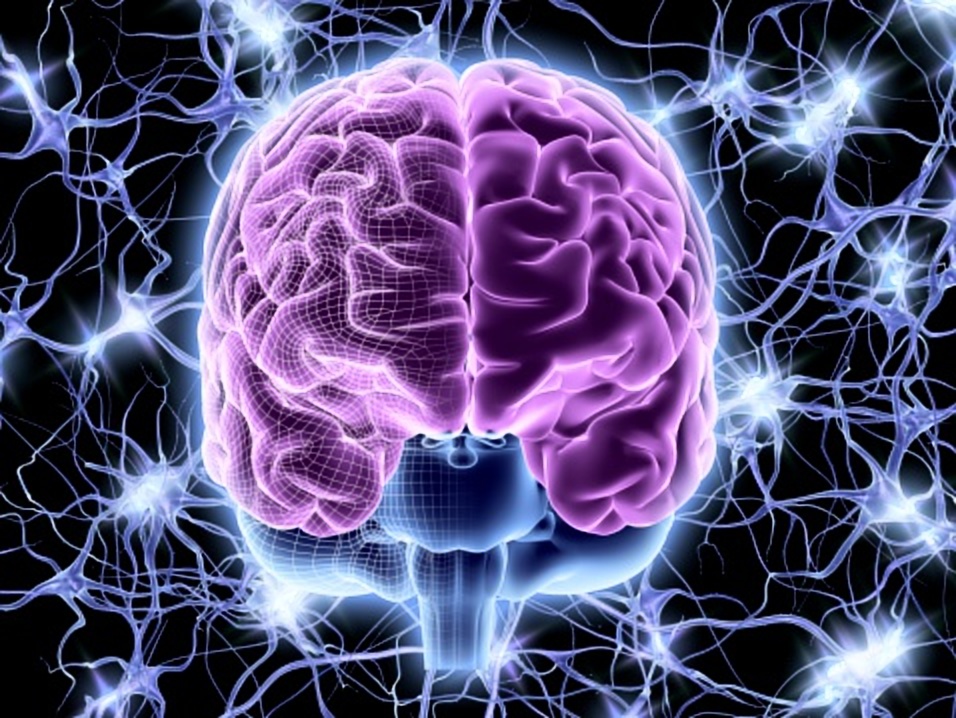Many of us, when we think about consciousness, associate it with a sense of presence, a sense of being awake and aware, a unified self. But as many will argue, especially the philosopher Daniel Dennett, that feeling of a single center of command with one image of reality is not really what we think it is. The phenomenon named consciousness keeps giving us twists and turns in our quest to understand its nature.
The Debate on Divided Consciousness
Consciousness Divided
A recent study in the Netherlands challenged an established notion that consciousness wasn’t unified and that one brain could have two different displays of consciousness. These studies were made famous by the “split-brain” studies back in the 1960s by the Nobel laureate Roger W. Sperry and his pupil, Michael S. Gazzaniga in Cal-Tech.
Those experiments were based off a surgery that consisted of cutting the corpus callosum, a bundle of nerves that connected the left hemisphere and the right hemisphere. It’s like destroying the bridge that connects Brooklyn to Manhattan. This was done to control the neural firestorms that occur during seizures. Since seizures could transfer to the whole brain, the surgery helped the seizure stay localized in one region.
Sperry and Gazzaniga started to experiment with each hemisphere since the consensus was that cutting the bundle of nerves didn’t produce changes in people’s minds or daily routines in general. The neuroscientists would find out that indeed, changes happened.
For example, while a “split-brain” patient was fixating on a dot, they presented an image to his the right eye, information that entered the right eye would be received by the left hemisphere; hemispheres are lateralized, the right hemisphere controls the left part of the body and vice versa. When the patient was asked on what he saw, he quickly responded correctly. Normal right?
Well, later, the same experiment, but with the left eye (right hemisphere), showed that the patient couldn’t name the image that he saw—the main language areas of the brain are in the left hemisphere. As Gazzaniga explained in his memoir, Tales from Both Sides of the Brain, the experiments got more complex and the results were even more outstanding.
In those series of experiments, Gazzaniga and his student, Joseph LeDoux, discovered something fascinating about one of the biggest mysteries in neural science. Not only were the mental processes divided by the specificity of the brain regions, but, it showcased a division in the mechanism of consciousness. A paper in Annals of Neurology in 1977 described the discoveries made by Gazzaniga and LeDoux:
“In this regard, we have found that the right hemisphere in this patient has a sense of self, for it knows the name it collectively shares with the left. The right hemisphere has feelings, for it can describe its mood. The right hemisphere has a sense of who it likes and what it likes to do. The right hemisphere has a sense of the future, for it knows what day tomorrow is. The right hemisphere has aspirations and goals for the future, for it can describe its occupational choice.”
These experiments threw a whole new chapter in the quest of humankind trying to figure out what was consciousness. It redefined the notion that it was only one thing, one self, and brought up that people could have more than one consciousness in their brain.
Moreover, Gazzaniga later would start to notice the actions of the left hemisphere, which, when asked about something that it didn’t see—when the stimulus was presented to the right hemisphere—it would create a whole story around what it supposedly saw. Although the notion had resistance in the neural science field, the divided consciousness and mind started to appear in textbooks of neurology and an even popular non-fiction books in the late 20th century.
A Whole New View
Last year, this notion was challenged by scientists in Amsterdam, who opened Pandora’s box once again on the “consciousness divided.” Yair Pinto and colleagues challenged this claim in May of last year in a published paper in which they studied two patients that had a corpus callosotomy, the surgery that removes the corpus callosum.
They studied two patients and found that in a detection and localization task, they could quickly identify the stimulus, no matter which hemisphere saw the information. Pinto concluded, “Across a wide of variety of tasks we have shown that severing the cortical connections between two hemispheres does not seem to lead to two independent conscious agents with one brain.”
Not only we are having a hard time defining consciousness, but now we don’t know if consciousness is unified or if there’s more to it! Although the results are promising in an age when the theory of “split-brain, split consciousness” was almost a fact, this is not the end of the story.
In a recent article in the same journal where the Pinto study was published, Gazzaniga warned us about the cueing system that the split-brain patients present, with one hemisphere looking to communicate with the other half with outside cues. Moreover, Gazzaniga has taught us that the experimenters must be innovative on how they design or ask the questions, because this cueing system looks subtle and even normal as if it had never happened. Pinto ruled it out and in a subsequent letter doubled down on that idea.
Last Word on Split-Brain Consciousness
So, what is it? The goods news is that Pinto and colleagues will try to replicate the experiment. The bad news? These patients are getting slim. The corpus callosotomy was a surgery for severe epilepsy patients that, in order to have a controlled seizure, they cut the bridge that connects the hemispheres so that the seizure didn’t transfer to the other hemisphere. Nowadays, this seems a bit extreme with better medicine and procedures to counter such seizures. It’s now or never to find out one of the mysteries of our consciousness, and the door is closing.
Main Image Credit:

